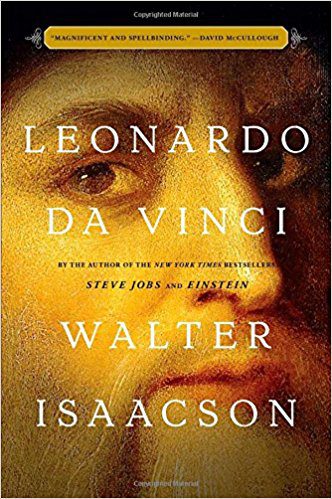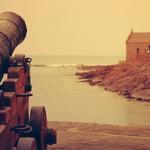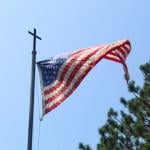What were Leonardo’s great works of art, and what did he add to that realm of creativity? First of all, Leonardo’s Mona Lisa and his The Last Supper are so iconic and influential, one could spend lots of blog posts touting their merits. One of the real strengths of Isaacson’s bio of Leonardo is detailed analysis of his paintings, the good, the great, and the unfinished. There are a variety of portraits he did, but none eclipsed the Mona Lisa, done near the end of his life. Several things make his art great and innovative: 1) Leonardo was fascinated with movement, and his figures in his paintings never look like car crash dummies frozen in position. They are always turning, or gesturing or smiling in interesting ways, or looking right at you. They often appear to be alive; 2) most of Leonardo’s paintings tell a story. Take for instance the famous Last Supper painting— Jesus has just said ‘one of you will betray me’ and there are four groups of three reacting differently— Peter asks the Beloved Disciple to ask Jesus who he meant. Judas is looking away, while holding the money bag. Three disciples on the far right are dumbfounding and trying to grasp what this could all mean. And as for Jesus he looks sad, disappointed, and pointing to the eucharistic elements— ‘this is my body, broken for you….’ 3) Leonardo mastered and advanced the technique of a form of finger painting that allowed the edges of a persons arm etc. to look natural smooth, true to life. 4) Leonardo was never satisfied with the neglect of interesting details— so he gave full attention to how the folds in a sleeve look, or the brocade of a frock and it’s intricate design; 5) like Rembrandt he was a master of using shadows and light to give the picture a three dimensional look, even though it was on a two dimensional surface. Not many artists could do this, this well. 6) he was also a master of combining a detailed knowledge of nature— streams, rocks, trees, and how they would look as a backdrop, and then relating the background to the foreground in meaningful ways. Human beings are part of nature and the microcosm and macrocosm reflect and reinforce each other. There are analogous facets and structures. 7) Leonardo’s keen eye allowed him to present things such that the perspective of the whole painting seems balanced, natural, not contrived.
I could go on and on. It is not all that difficult to tell the difference between the copies of Leonardo’s work done by his students, and the work of the master in most cases. It much like the Vermeer and other Dutch masters paintings my wife and I examined at a recent exhibit in the National Gallery in D.C. Here you have 4-5 painters all painting the same kind of domestic scene (sometimes the exact same scene), but only the Vermeer paintings bring the scene to life and light. At the end of the day, Leonardo was right that painting is a greater art than sculpting, for the latter cannot work with a variety of colors, like in real life. At the end of the day as great as Michelangelo’s David is (and it is truly great), King David never looked that pale, that shiny, that solid and stiff.














